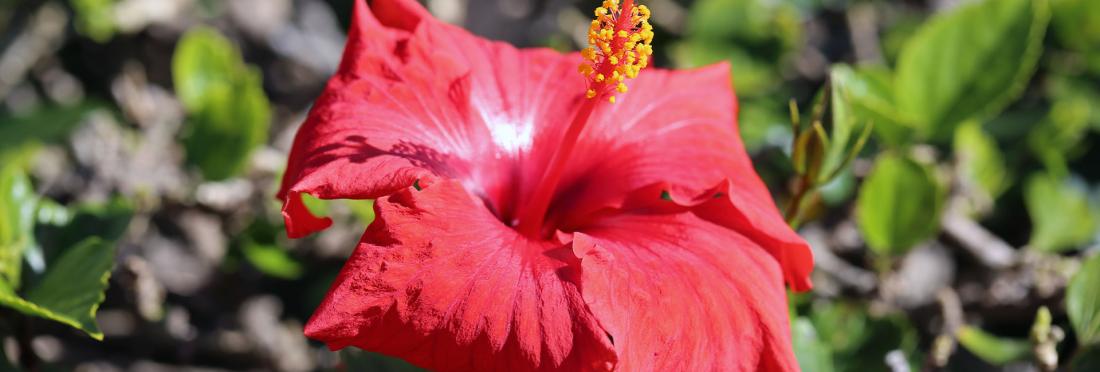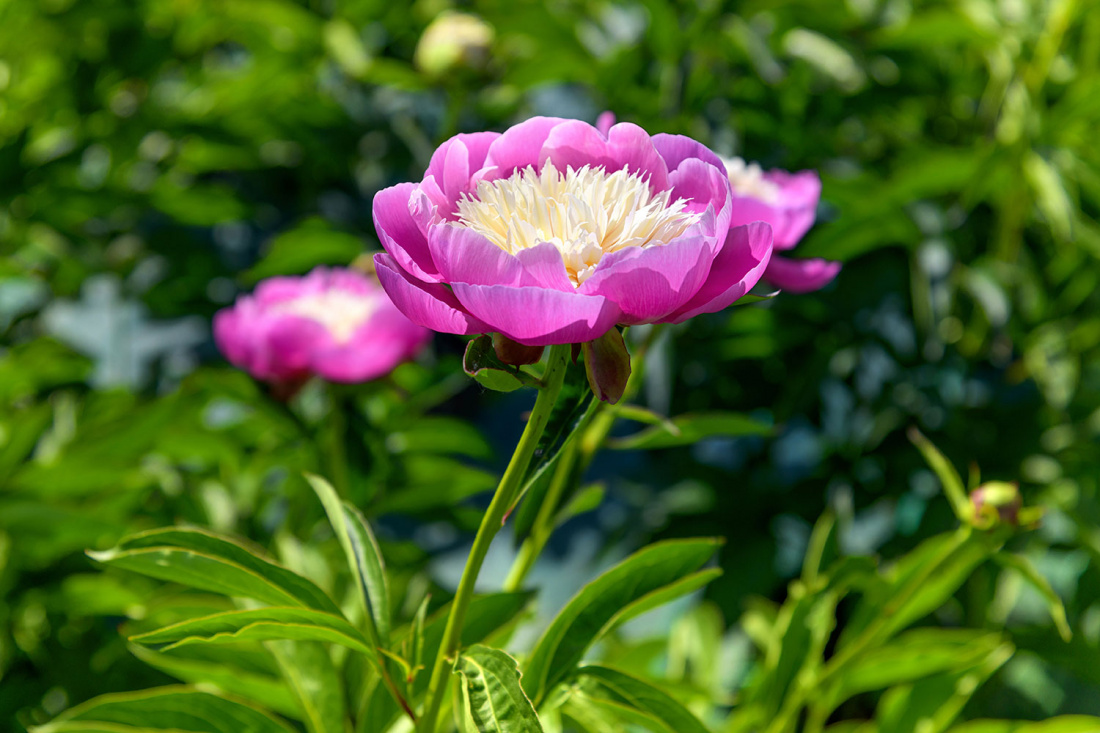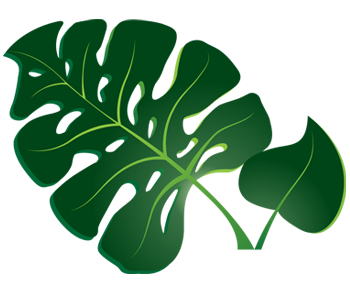There are thousands of plant types available online or at area garden centers, but which ones are likely to thrive in your location? The key to understanding what plants are best suited for your section of the country is the USDA Plant Hardiness Zone Map. The map has become a standard resource for gardeners, helping them to identify what plants are best suited to the location. Today, when purchasing plants from commercial vendors, you’re likely to see the plant’s hardiness zone or range of zones listed on its tag. You can use this information to help you decide if you should add a plant to your outdoor garden or landscape. Here, we’ll explore the Plant Hardiness Zone Map and how to use it.

What Is the USDA Plant Hardiness Zone Map and How Does It Work?
The first plant hardiness map was published in Boston in 1927. However, the modern version dates to 1960 and has been updated periodically. Today, gardeners rely on the current model, the 2023 USDA Plant Hardiness Zone Map. The map’s creators assigned each geographical region of the country with a zone that’s based on the average annual minimum winter temperature. The map is then divided into 10-degree Fahrenheit zones.
If you’re evaluating whether or not a plant will survive all year in your zone, you can refer to this map. The plant’s zone number will report the maximum cold temperature it is able to endure. If your zone is too cold, you can choose to install the plant in a container that you bring indoors during the cold season or you might just avoid purchasing the plant. The map is easy to access online, so you should have no problem identifying your particular zone.
How to Read the Plant Hardiness Map
When you examine the USDA Plant Hardiness Zone Map, you’ll find that the colder regions like Alaska represent zone 1. The colder temperatures of the north are not conducive, of course, to a wide range of plant types. The warmer zones of the country, zones 9,10, and 11, for instance, are located in the deep south and near southern coastal areas. Hawaii and Puerto Rico, which support a wide array of tropical plants, have the highest zones in the U.S.--zones 12 and 13.
To use the hardiness map, you should first search for your state on the map. After locating your state, find your section of it. Many states like Illinois and Indiana are divided into more than one zone. If you live in the north, you’ll have a lower zone number--and that means that you’ll want to choose plants that are listed as hardy for your zone.
As you look at the zone map, you’ll also see that zones are further divided by the letters A and B. Slight temperature fluctuations within the zones prompted the map’s creators to further divide the zone sections to better help gardeners select the best plants for their particular location/climate. Once you know your zone (i.e zone 5a or zone 9b), you can more easily choose plants that will thrive in your setting.

Does the USDA Hardiness Zone Map Always Work?
The zone map is a reliable resource overall, but gardeners have to assess many different variables when choosing which plants to install in their landscapes. For instance, a plant may be listed as hardy for your zone, but planting it in an area exposed to the north winter wind could detract from its ability to survive, especially if extreme temperatures happen to occur one year. Gardeners also have to provide plants with the right soil and sunlight conditions that it needs to thrive.
Moreover, in recent years, the climate has acted in some unpredictable ways. Increased flooding in areas of the country or more extreme temperatures may lead researchers to update the zone hardiness map at some point. While the map takes winter temperatures into consideration, it doesn’t factor in summer temperatures--and that’s important information too. A dry climate is conducive to some plants but not others. The zone maps also ignore snow cover, which can affect the hardiness of plants. Snow cover, with its insulating properties, makes it possible to cultivate plants that usually need a higher zone number. However, determining snow cover can be unreliable in many parts of the country.
Is There a Way to Install Plants That Aren’t Zone Friendly?
The plant hardiness zone map is useful for all gardeners, but especially inexperienced gardeners and landscapers. However, it is possible to plant certain plants in your location, provided you know how to insulate them from your more extreme winter weather conditions. Moreover, you can bring plants indoors before the winter weather arrives and care for them indoors. Many gardeners also plant annuals, knowing full well that these plants won’t survive the winter in their location.

What Are Some Examples of Hardy and Tender Plants?
Hardy plants refer to those that can withstand colder zones. Tender plants are plants that cannot withstand the cold zones and are better suited to warmer climates like the Deep South. To give you an idea, here are some popular plants among gardeners along with the zones they are likely to thrive in:
- Peony: zone 2-9
- Lavender: zone 5-9
- Hydrangeas: zone 3-9
- Calla lilies: zone 9-10
- Snapdragons: zone 7-11
- Trumpet vine: zone 4-9
- Aloe vera: zone 8-11
- Bougainvillea: zone 9 (if protected) and up
When considering plants to purchase, always check their zone to determine if it’s likely to be a match for your location. Many local garden centers will only carry perennials that are suitable for their local zone. However, that’s not always the case. So, if a plant tag doesn’t list the plant’s zone, be sure to check online to find out before you bring it home to plant outdoors.
The annual extreme temperature is useful information for gardeners and can provide a basis for plant selection. However, it’s not the only guide that gardeners should refer to. Rainy-dry cycles, annual precipitation, soil drainage conditions, sunlight, windbreaks, and so forth, are also factors that impact the ability of a plant to survive--to thrive in a particular setting. Be sure to bookmark the USDA Hardiness Zone Map so that you can easily find it on your smartphone when shopping area garden centers for plants. It will help you to create a garden that’s likely to thrive with health and beauty.


